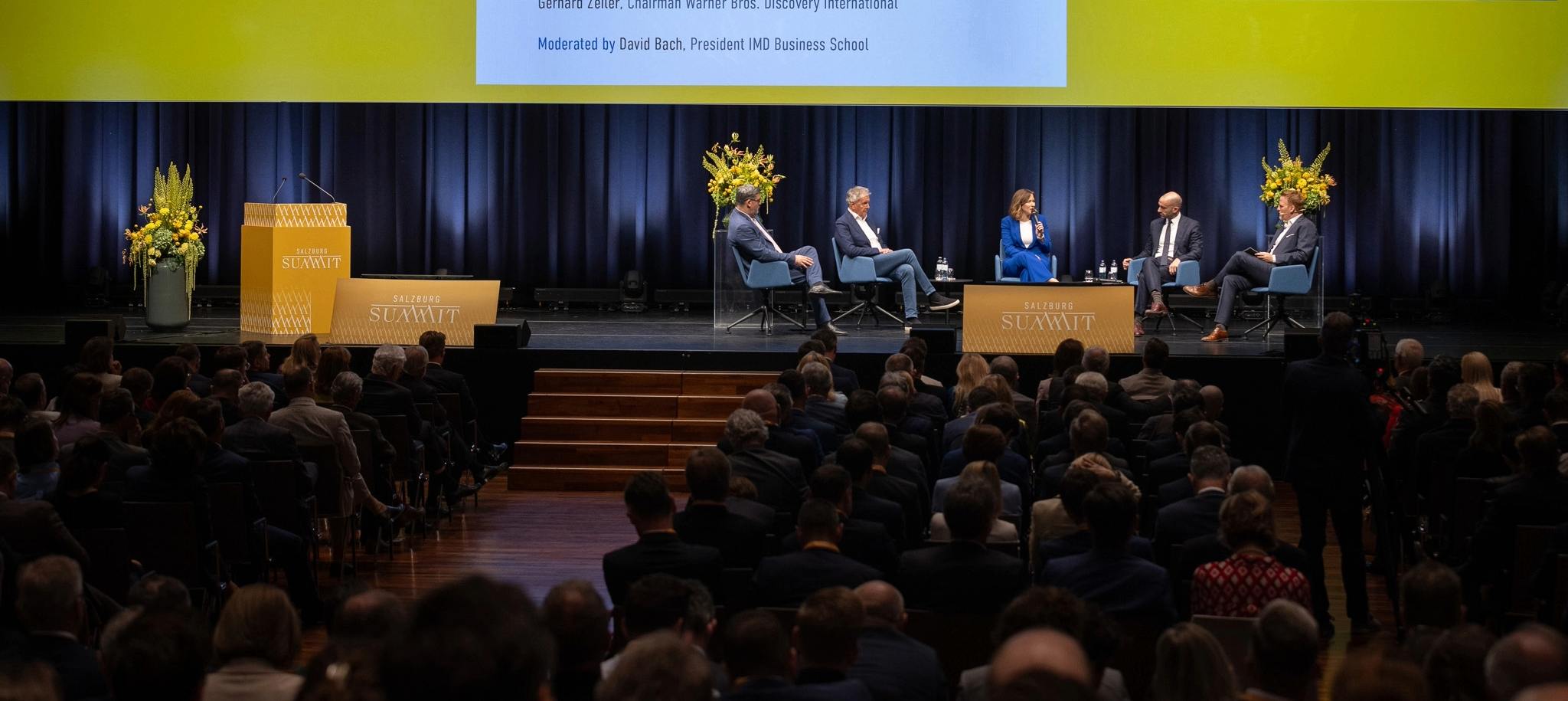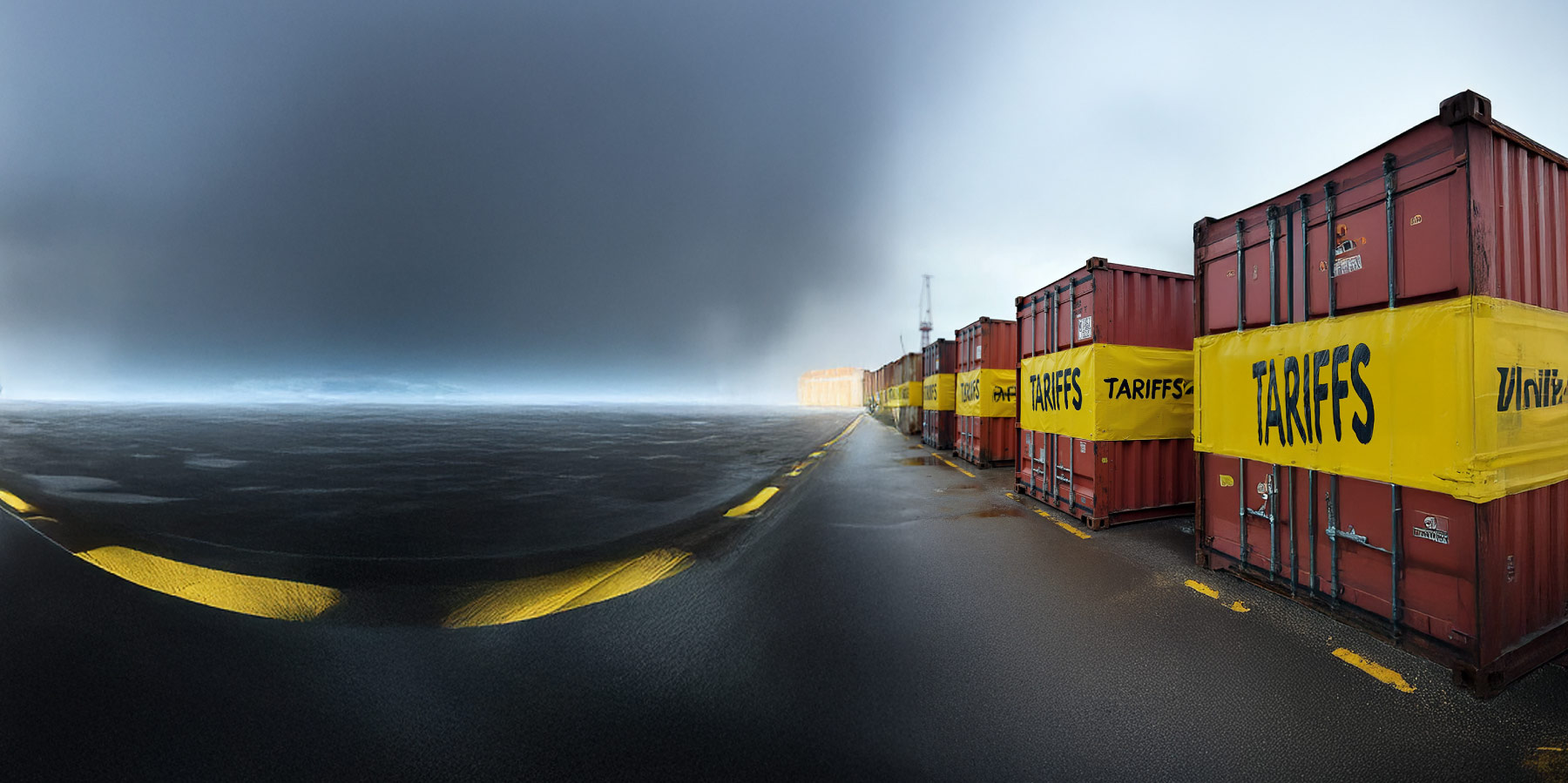
The localization of global supply chains amid the pandemic
As cross-border trade has ballooned in the past several decades, so too has the expansion of global supply networks. Driven by cheap labor and better transport and communication, companies’ focus has been on creating long and lean supply chains, with products and components manufactured in myriad nations.
That is now changing as Covid-19 halts globalization in its tracks, at least temporarily. Firms today are prioritizing resilience over efficiency as they look to curb costs to weather the disruption from the pandemic.
“Essentially, global trade has led to supply chains becoming more localized. Trying to produce and ship locally will ensure less disruption in case of limited movement of people and goods,” says Bettina Büchel, Professor of Strategy and Organization at IMD.
This shift was already well underway prior to the coronavirus outbreak, which has simply reinforced the change, she argues.
This trend is driven by creeping nationalism and anti-immigrant rhetoric in some countries, such as the US, Japan, Turkey and parts of Europe — a response to falling income, increasing unemployment and inequality following the 2008 financial meltdown.
Büchel adds that people are “finding a scapegoat” (foreign powers) to deflect from homegrown economic failures. The knock-on effect will be a shortening of supply chains as executives reflect on their dependence on borders being open to free trade, she says.
Carlos Cordon, IMD Professor of Strategy and Supply Chain Management, agrees. “Global trade is going to become much more regional than before. Companies realized the risk of having either a single supplier or suppliers that are located in the same region or country,” he says.
A recent survey by McKinsey, the consultancy, found that supply chain executives plan to focus on resilience, with 40 percent of 60 respondents actively looking for nearshoring solutions. “The big beneficiaries are countries like Turkey and Mexico,” says Cordon.
He argues that regulators must help companies to create global networks that reduce the risks of exclusively sourcing from specific countries or regions.
For example, regulators in Japan are providing incentives (in the form of subsidies worth $2.2 billion) to help its manufacturers move production out of China and back to Japan, or other countries in Asia (like Indonesia or the Philippines).
China has traditionally been Japan’s top trading partner, but imports have fallen in the pandemic as Chinese factories were locked down, depriving Japanese manufacturers of components to make goods.
Firms from many advanced economies rely on China as a low-cost manufacturing base. Mark Greeven, Professor of Innovation and Strategy at IMD, does not expect that to change, though he does expect “intraregional” trade flows to be even stronger – meaning within EU trading, within Asia trading – which is already a general pattern.
“While we may observe some return of production to advanced markets, it probably will not be enough to make a huge difference,” he says.
And indeed, he notes that while global trade has fallen in 2020 (UNCTAD expects a 7 percent drop and the WTO forecasts a steeper 9 percent fall), Asia is suffering the least and its GDP continues to grow.
Greeven points out that countries like Singapore and China have accelerated the use of digital technologies in the pandemic, such as robust track and trace systems to cope with coronavirus. If countries are out of lockdown, trade can flow more freely.
One step China is taking to spur cross-border trade is hosting its third annual International Import Expo, where exhibitors can debut new products and technologies. China says it is hosting the event to contribute to the global economic recovery from Covid-19.
Greeven says the show going on despite the pandemic is China signalling that it remains open for business. “Despite the trade war with the US, China has been increasing exports. China has a rather diversified supply chain and a lower dependence on any single country.”
Cordon agrees. “The signal is definitively the commitment of Chinese regulators to help companies to avoid shortages and to secure their supply. It is a very positive sign, but other measures would be needed to restore confidence and reduce risk.”
These include being more welcoming of foreign companies doing business in China, he says. “There exists still the perception that intellectual property is not protected if you go to China. The legal system in China is also so different that it is difficult for foreign companies to understand.”
Research Information & Knowledge Hub for additional information on IMD publications
The conference on the state of globalisation took place on 4 April 2025 in Tokyo, a few hours after the so-called US “reciprocal tariffs” were announced in Washington DC. This offered an opportunity to discuss economic research on a front page top...
The State of Globalisation brings together leading economists to examine how technology, policy, and geopolitics are simultaneously reshaping the global economy in unprecedented ways. Far from marking a simple retreat, today’s divergent forces are...
The supply chain risk management literature differentiates between disruption risk that arises from supply disruptions to normal activities and recurrent risk that arises from problems in coordinating supply and demand in the absence of disruption...
The US deal granting it future revenue and access to Ukraine’s mineral sector raises a broader question: is this the beginning of a model for American foreign policy, one that links strategic resource access to long-term diplomatic and financial c...
Multinational businesses are recalibrating their global supply chains, with one eye focused firmly on Washington. As the Donald Trump administration reignites the use of tariffs as a blunt instrument of economic leverage, so-called “friendshoring”...
Research Information & Knowledge Hub for additional information on IMD publications
Research Information & Knowledge Hub for additional information on IMD publications
Research Information & Knowledge Hub for additional information on IMD publications
in Baldwin, Richard (Ed.); Ruta, Michele (Ed.) / The state of globalisation, pp. 1-9 / London: CEPR Press
Research Information & Knowledge Hub for additional information on IMD publications
Research Information & Knowledge Hub for additional information on IMD publications
Research Information & Knowledge Hub for additional information on IMD publications
Research Information & Knowledge Hub for additional information on IMD publications
in Production and Operations Management June 2025, vol. 34, issue 6, https://doi.org/10.1177/10591478241302735
Research Information & Knowledge Hub for additional information on IMD publications
Research Information & Knowledge Hub for additional information on IMD publications
Research Information & Knowledge Hub for additional information on IMD publications





